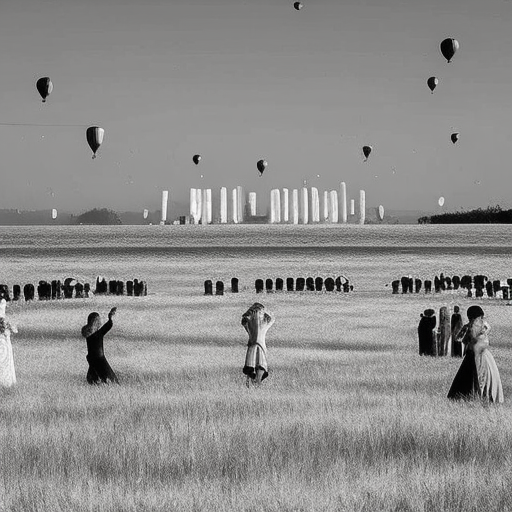Film Photography: A Timeless Art Form
Film photography, also known as analog photography, is a traditional method of capturing images using photographic film. Despite the rise of digital photography, film photography continues to hold a special place in the hearts of many photographers and enthusiasts. This art form offers a unique and nostalgic aesthetic that cannot be replicated by digital cameras.
The Process of Film Photography
Film photography involves several steps, starting with loading a roll of film into the camera. The film is a strip of celluloid coated with light-sensitive emulsion. When the shutter button is pressed, the camera exposes the film to light, creating an image on the emulsion.
Once the roll of film is fully exposed, it needs to be developed. The film is carefully removed from the camera and placed in a light-tight container, such as a film canister. It is then taken to a darkroom or a professional lab for processing.
The development process consists of several stages, including developing, stopping, fixing, and washing. During development, the exposed film is immersed in a series of chemical baths that bring out the latent image. The film is then rinsed and fixed to make the image permanent. Finally, it is washed to remove any residual chemicals.
The Advantages of Film Photography
Film photography offers several advantages over digital photography. One of the most significant advantages is the unique aesthetic that film produces. Film captures light in a way that digital sensors cannot replicate, resulting in a distinct look characterized by rich colors, fine grain, and a wide dynamic range.
Another advantage of film photography is the element of surprise. Unlike digital cameras, which allow instant previewing of images, film photographers have to wait until the film is developed to see the results. This anticipation adds an element of excitement and unpredictability to the process.
Film photography also encourages a more deliberate approach to photography. With a limited number of exposures per roll, photographers must carefully consider each shot, leading to a more thoughtful and intentional approach to composition and exposure. This can help improve one’s skills and creativity as a photographer.
The Resurgence of Film Photography
In recent years, film photography has experienced a resurgence in popularity. Many photographers and enthusiasts are rediscovering the joys of shooting with film and the unique qualities it offers. This resurgence can be attributed to several factors.
Firstly, film photography provides a break from the fast-paced, instant gratification culture of digital photography. Shooting with film requires patience and discipline, forcing photographers to slow down and be more mindful of their craft.
Secondly, film photography offers a tangible and tactile experience. From loading the film into the camera to developing the negatives, film photographers have a hands-on involvement in every step of the process. This physical interaction with the medium adds a sense of connection and authenticity to the art form.
Lastly, film photography has a strong community aspect. Many film photographers gather in online forums, social media groups, and local meetups to share their work, exchange tips and techniques, and support one another. This sense of community fosters creativity, inspiration, and a sense of belonging.
Conclusion
Film photography continues to be a beloved art form, cherished by photographers and enthusiasts around the world. Its unique aesthetic, element of surprise, and deliberate approach make it a timeless medium that offers a distinct and rewarding experience. Whether it’s the nostalgia of shooting with film or the desire for a more intentional and mindful approach to photography, film photography remains an enduring and cherished art form.












